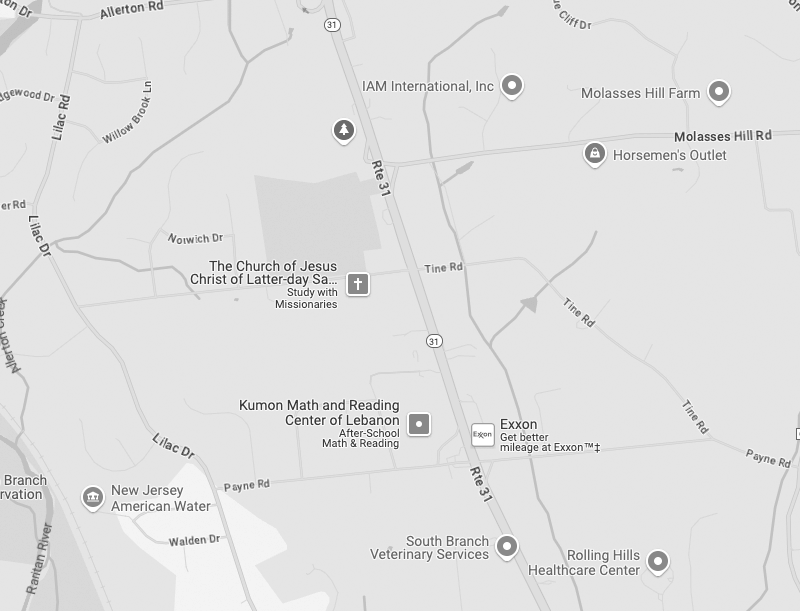February 23rd, 2022
Whether you’ve lost a tooth from decay, are preparing for dentures, or were born with a gap where a tooth should have been, you could be a candidate for dental implants. Dental implants have changed a lot since their debut in 1965, thanks to continuing advances in design and technology. Today, you no longer have…
Continue Reading
February 16th, 2022
It seems today’s technology has made every moment a camera-ready opportunity. (Just check your friends and their latest selfies.) What you may not expect is the opportunity to see a close-up of your teeth and gums in vivid detail the next time you’re in our office. But with intraoral cameras, Dr. DeCasperis can use the…
Continue Reading
February 9th, 2022
Before electric toothbrushes, before dental floss, before fluoride rinses, in fact, before recorded history, people who cared about their dental health had one primary tool—the toothpick. Ancient bronze toothpicks, bejeweled Renaissance picks, and the more humble modern wooden picks have been instrumental in promoting dental hygiene for centuries. And, while that clean, simple design is…
Continue Reading
February 2nd, 2022
You find yourself drowsy and irritable all day. Or you have trouble sleeping, and when you do, you snore loudly throughout the night punctuated with silent pauses where you aren’t breathing at all. Or your loved ones tell you that you’ve been keeping them awake with your snoring or frightening them awake when you gasp…
Continue Reading
